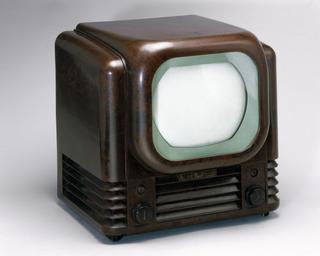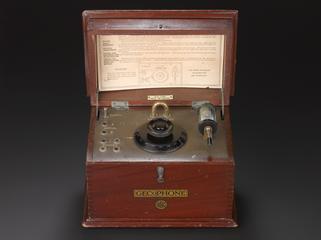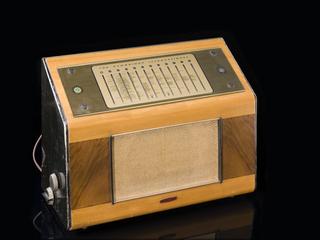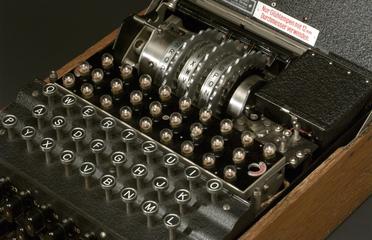
Spiral spring coherer, 1890-1894
- designer:
- Oliver Joseph Lodge




Spiral spring coherer, probably made by E E Robinson, England, 1890-1894. Used by Oliver Lodge in his lecture before the Royal Institution on 1 June 1894 on ‘The work of Hertz and his successors’
Spiral spring coherer, probably made by E E Robinson, England, 1890-1894. Used by Oliver Lodge in his lecture before the Royal Institution on 1 June 1894 on ‘The work of Hertz and his successors’.
During his experiments with Hertzian waves, Oliver Lodge found it difficult to adjust the coherers (Hertzian wave detectors) to the sensitivity he required. He therefore devised this spiral wire coherer, which could be much more easily adjusted. Unlike a filings coherer, this type of detector used the imperfect contact of two dissimilar metals. It was used in a number of Lodge's experiments, including in a demonstration to members of the Royal Institution in 1894, where it was used to receive signals over a distance of about twenty yards.
Details
- Category:
- Radio Communication
- Object Number:
- 1924-33
- Materials:
- wood (unidentified), copper (alloy) and iron
- Measurements:
-
overall: 30 mm x 80 mm diameter, .043 kg
- type:
- coherer
- credit:
- Donated by Mr. Oliver Lodge [Grandson of Sir Oliver Lodge]




